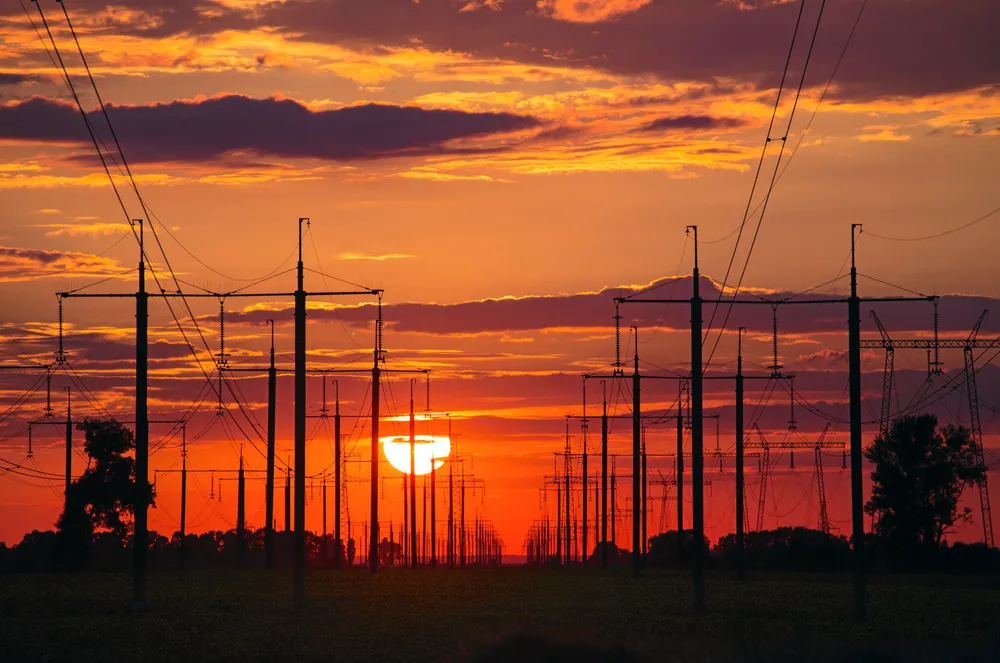Transmission failure: US builds just 55 miles of new high-voltage power lines despite record $25bn spend
Ninety percent of new investment went into power line resiliency that doesn't require federal approval amid extreme weather conditions

The US constructed only 55 miles (88.5km) of high-voltage transmission in 2023 even though wire-related spending was an all-time high of $25bn, with 90% of this investment driven by reliability upgrades and equipment replacement, according to a new report by Grid Strategies.
“New high-voltage transmission will be key to interconnecting more renewable energy to address climate change,” noted the consultancy based near Washington, DC. “While the need for more transmission capacity is clear, utilities are not responding.”
They are more focused on grid modernisation and resiliency in response to the growing number of extreme weather occurrences which some experts have fully blamed on climate change. This investment does not go through regional planning processes.
Earlier this month, Hurricane Beryl left almost three million people across southeast Texas, including a large swath of the greater Houston metropolitan area, without power for days and in some cases, up to two weeks. At least 36 persons died from heat-related illnesses and other storm-related after-effects.
Executives at CenterPoint, the state’s largest utility, remain under fire for its performance before, during, and after the hurricane from Governor Greg Abbott, state and US lawmakers and the media. The company had been investing to harden its system.
Both utilities and independent investors build high-voltage transmission which the report classifies as 345kV and higher capacity.
Utilities recover cost plus a return on investment usually in the high single or low double digits from the rate base. Merchant developers recover costs and generate profits by contracting capacity long-term on a competitive basis.
Independent developers are exposed to much more risk as high-voltage, long haul transmission, particularly projects that cross more than one state, are the most difficult energy-related infrastructure projects to permit.
This is due to multi-state regulatory jurisdictions, difficult and sometimes duplicative federal approval processes, and opposition from some landowners, local utilities, and state officials.
President Joe Biden’s administration has greenlit several long-running merchant projects including the 550 mile-long SunZia in New Mexico and Arizona and four-state, 730 mile-long TransWest Express. Both were conceived more than 15 years ago.
DoE has issued new rules to support siting, permitting, and funding for new lines while FERC in May published Order 1920 to transform regional transmission planning practices.
“However, a significant increase in federal funding and utility investment in new greenfield high-capacity projects is still needed to truly move the needle on transmission expansion and ensure a reliable and affordable transition to a cleaner grid,” cautions the report.
It notes that the US built an average of 1,700 miles of new high-voltage transmission annually from 2020 to 2014, which dropped to 925 miles from 2015 to 2019, and has fallen since then to 350 miles on average in the first four years of this decade.
DoE, also in May, released a list of 10 potential transmission corridors that represent more than 3,500 miles distributed across the country. A designation that a corridor is in the national interest could unlock federal financial tools, specifically public-private partnerships theough a $2.5bn transmission facilitation programme.
(Copyright)